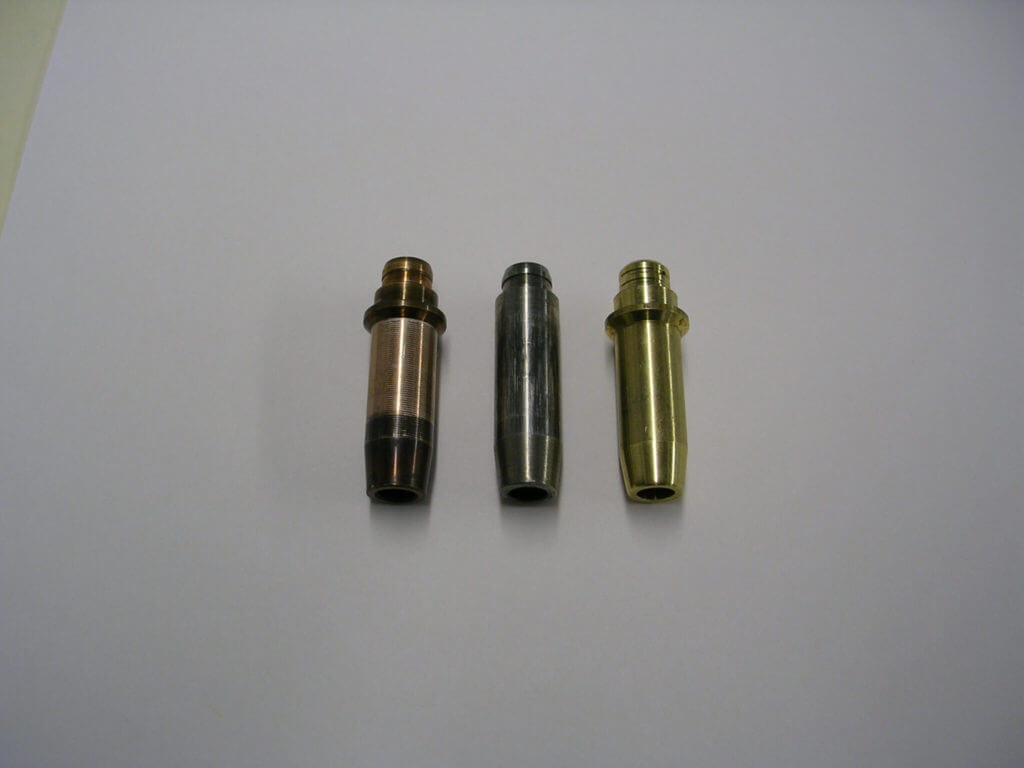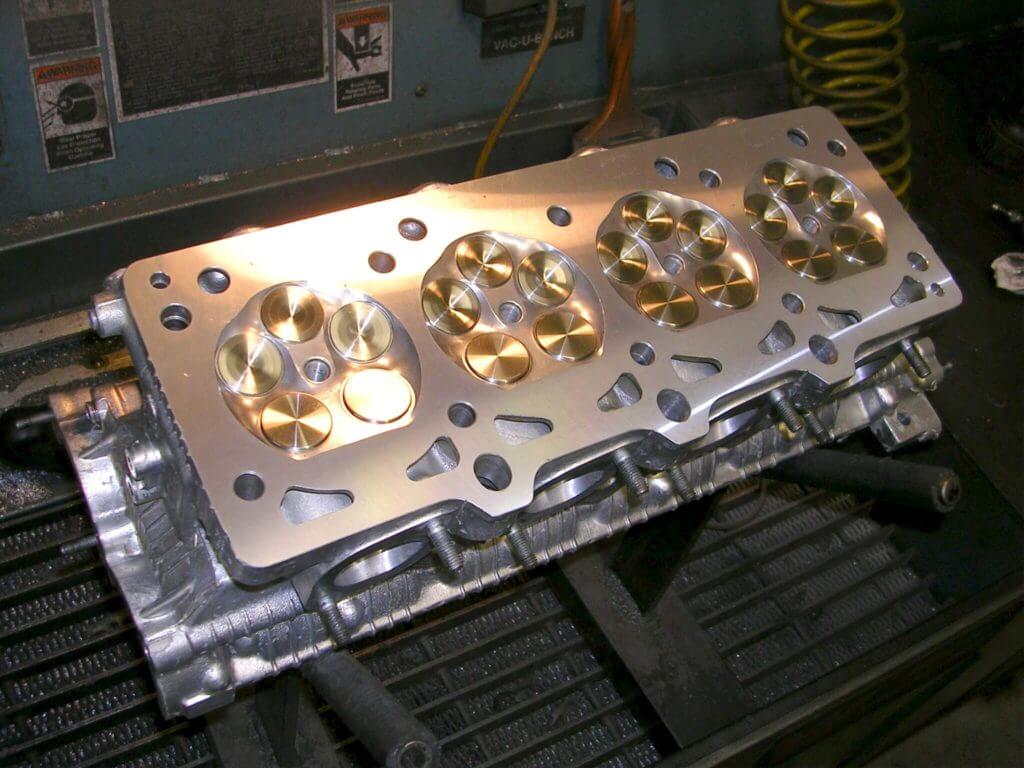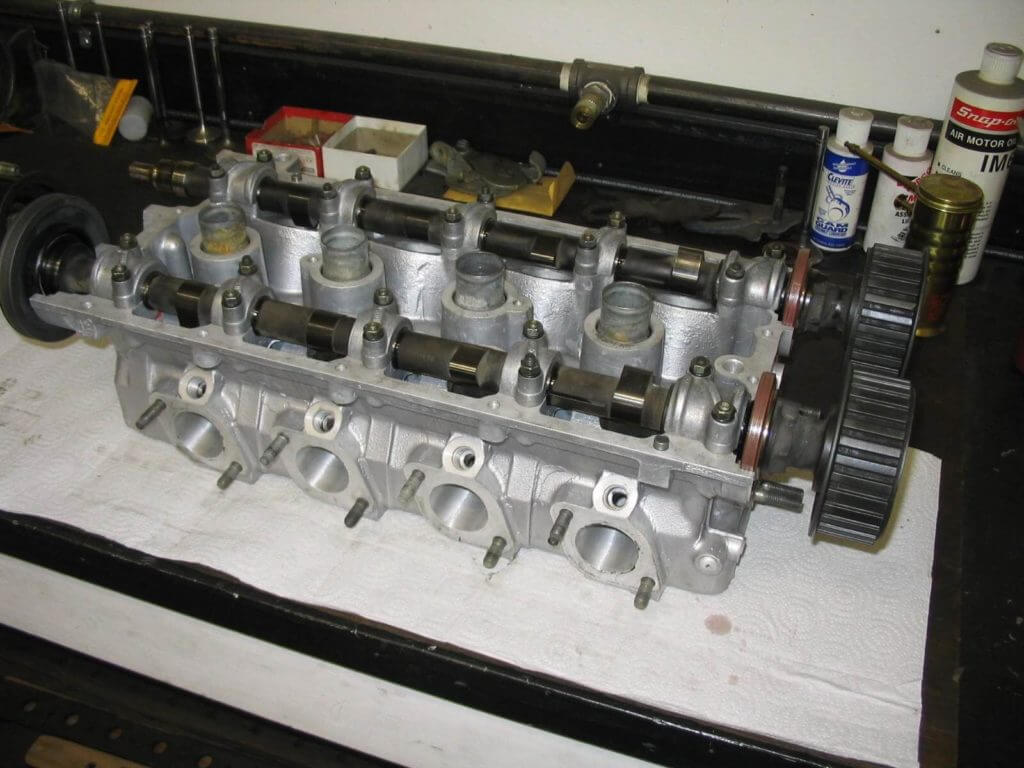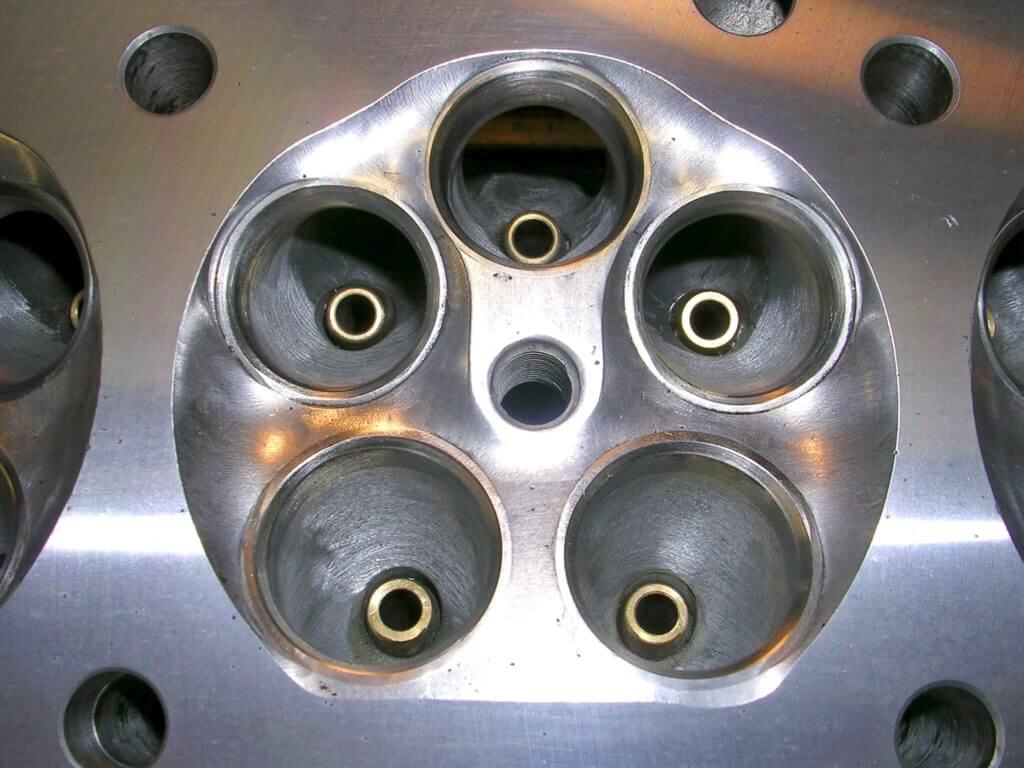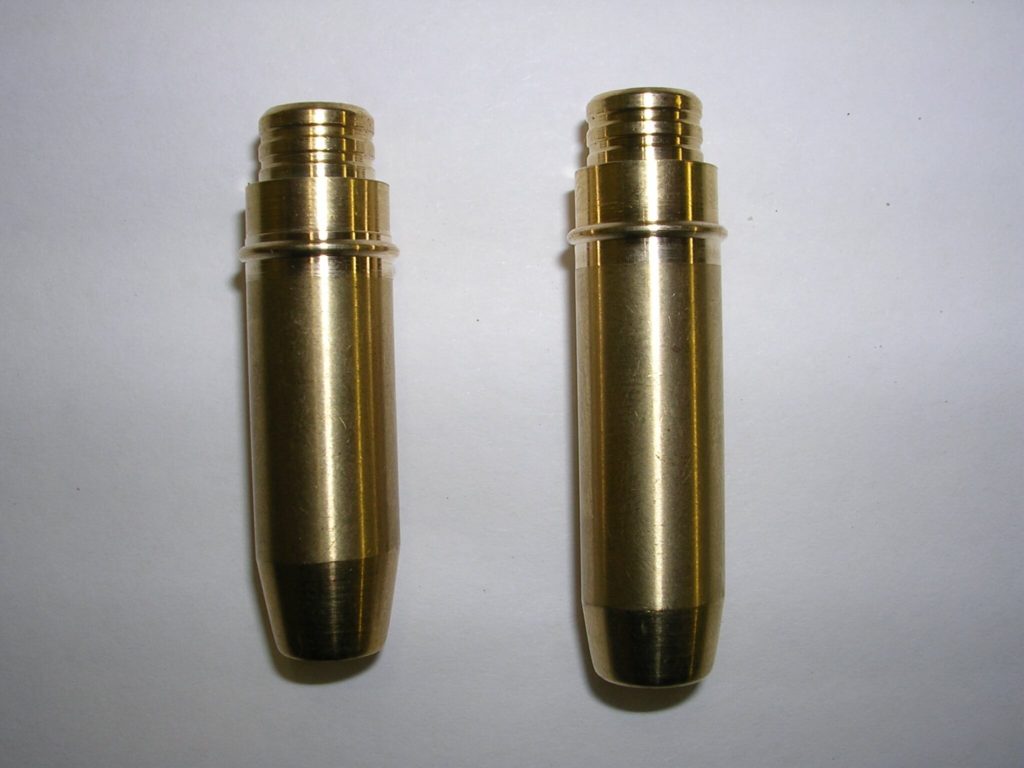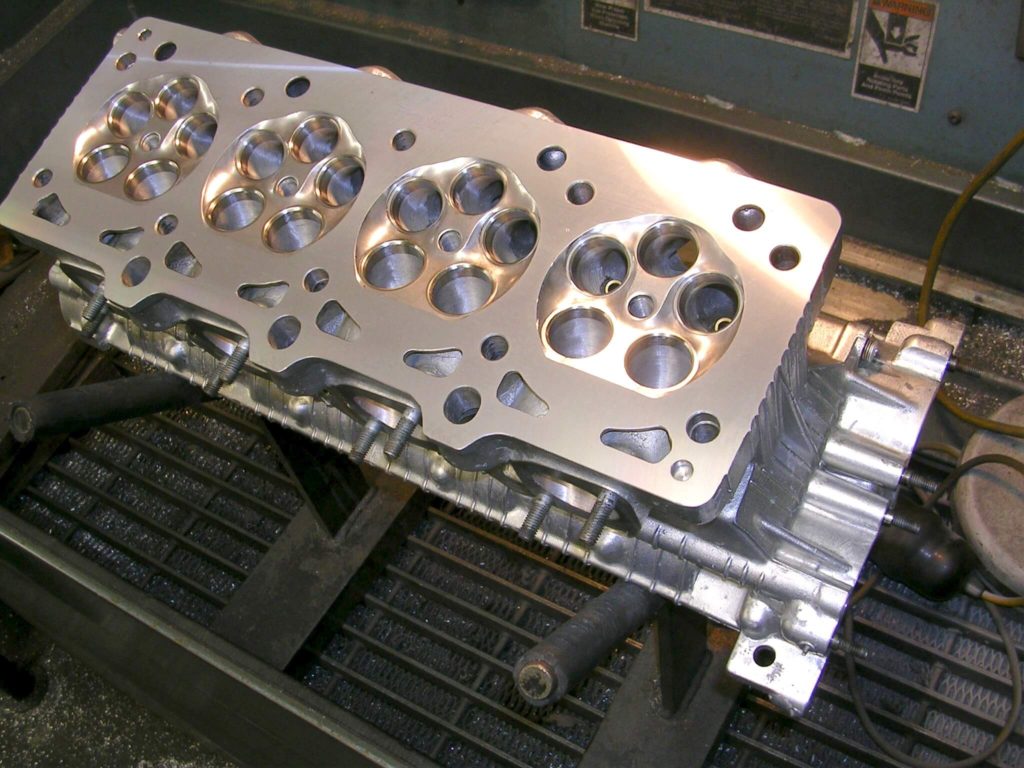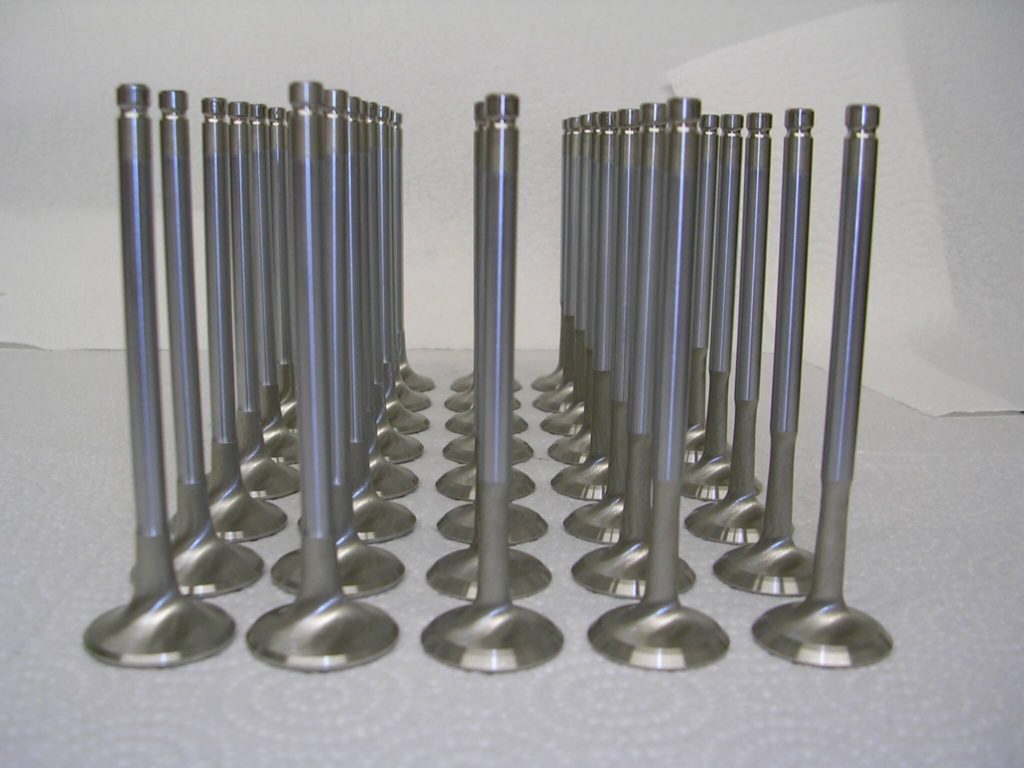
Ferrari
Bringing American Ingenuity...to an Italian Masterpiece308 HEAD REPAIR
The 308 engine comes equipped with hollow stem, sodium filled exhaust valves. Not only is this a weak link, but should the sodium come in contact with water during a failure, the reaction is extremely violent. There are very few builders using sodium filled valves today for this reason. We replace all 308 intake and exhaust valves with stainless, and have found that there is even room to increase the head diameter by a millimeter or two. The larger valve along with some porting seems to show a worthy improvement in air flow.
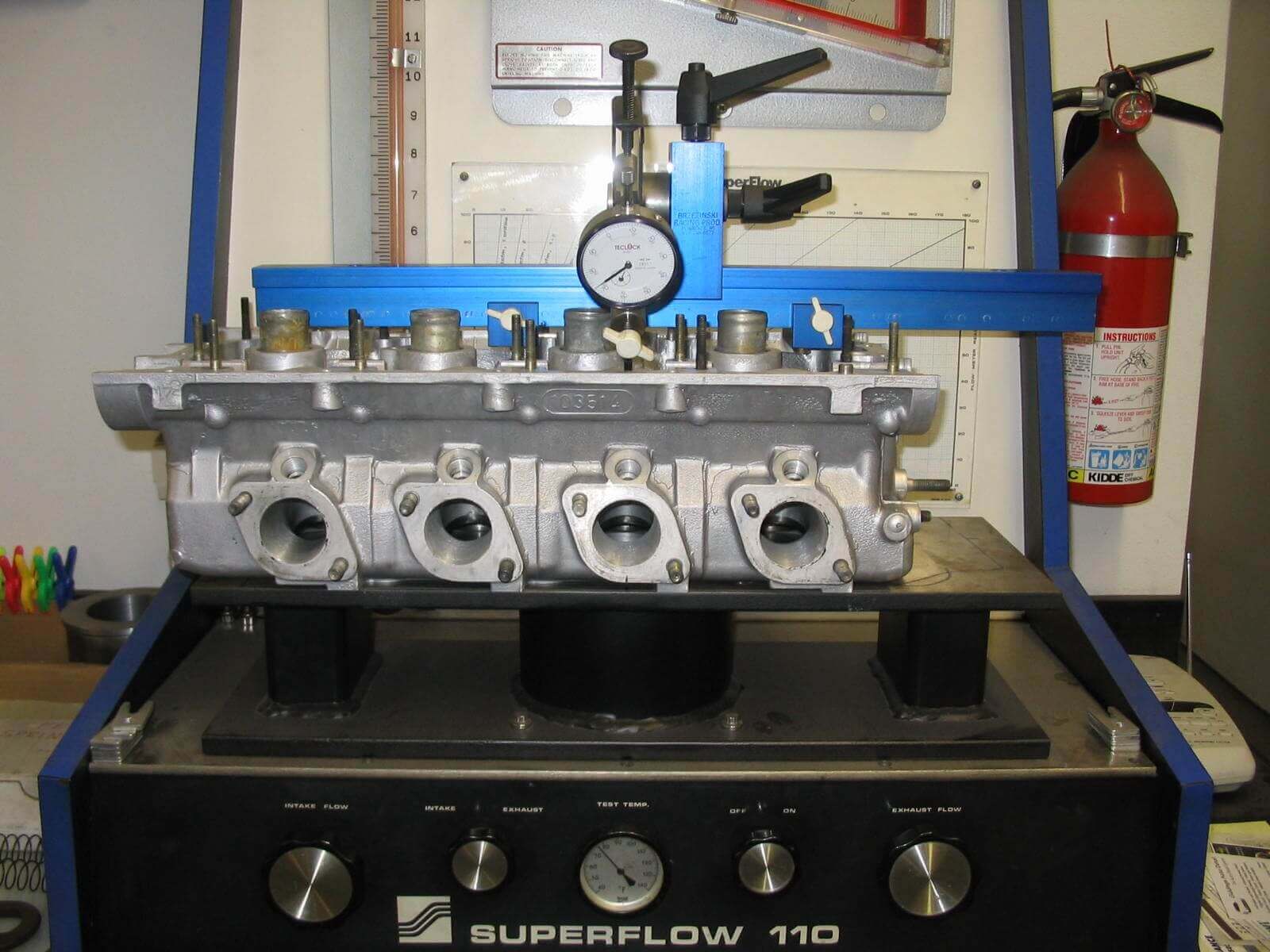
Contact Us
From Stock Restoration to Race Only applications, I can improve and maximize the efficiency of any cylinder head, stock or aftermarket. Achieve increased horsepower and improved fuel economy. I have experience with virtually all makes and brands.
355 / 360 HEAD REPAIR
The 355 is a 3.5 litre engine with a 5 valve per cylinder, dual over head cam cylinder head. It really is a very impressive design with one exception; in the early models, Ferrari used the same soft copper alloy valve guides that they used in the earlier 2 and 4 valve 308 and 328 heads, and they have a very short life expectancy. We replace these with a much higher quality manganese-bronze guide that will take whatever you can give it (see photo below). We also replace the stock valves with custom high performance stainless valves.
